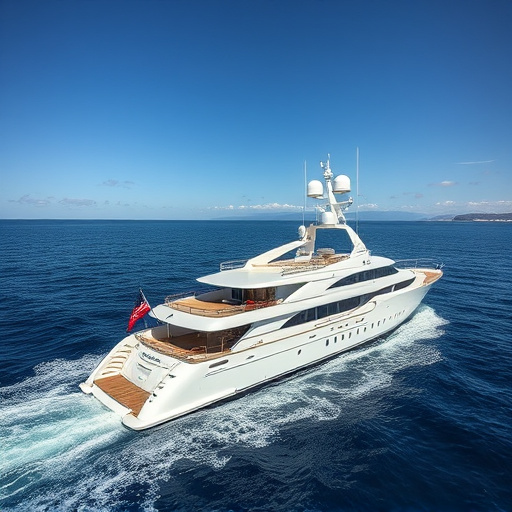Marine batteries face unique challenges from saltwater, extreme temps, humidity, and varying use patterns. Overcharging, deep discharge cycles, salt water corrosion, and short circuits accelerate battery aging. High ambient temperatures increase degradation, while inefficient charging practices reduce cycle life. Regular cleaning, proper charging, and maintenance are crucial to maximize lifespan and optimize performance for marine batteries.
Rapid drain in marine batteries can be a sailor’s worst nightmare, leading to costly repairs and inconvenience. Understanding the causes behind this issue is crucial for maintaining optimal performance and extending battery lifespan. This article delves into the fundamental aspects of marine battery operation and explores common factors affecting drainage. From overcharging and high temperatures to corrosion and age, we dissect these culprits in detail, offering prevention strategies for a longer-lasting marine battery.
- Understanding Marine Battery Basics
- Common Factors Affecting Drainage
- Overcharging: A Major Culprit
- High Ambient Temperatures
- Frequent Short-Circuit Events
- Inefficient Charge Cycles
- Corrosion and Battery Age
- Prevention Strategies for Prolonged Lifespan
Understanding Marine Battery Basics
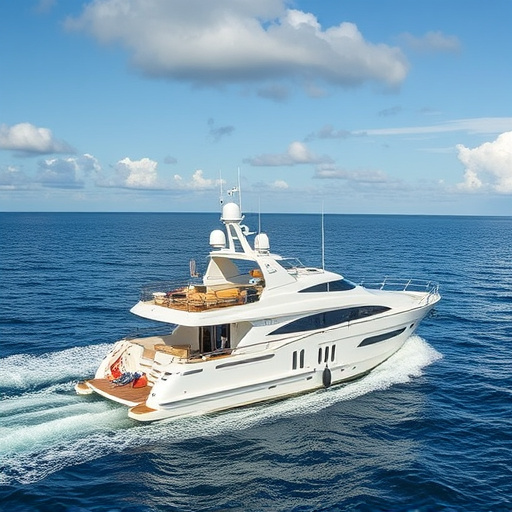
Marine batteries, designed for use in boats and other watercraft, are specialized power sources that require unique care and understanding. Unlike their terrestrial counterparts, they face specific challenges due to their exposure to saltwater and varying environmental conditions. The basic structure of a marine battery includes lead plates submerged in an electrolyte solution, typically a mixture of sulfuric acid and water. This setup enables the generation and storage of electrical energy through chemical reactions.
Rapid drain, characterized by a sudden and significant drop in voltage, is a common issue with marine batteries. Several factors contribute to this problem. One primary cause is overcharging, where excess current flows through the battery, accelerating corrosion on the lead plates. Additionally, deep discharge cycles, where the battery is completely drained before recharging, can damage the internal structure, leading to reduced capacity and faster drain rates. Environmental factors, such as extreme temperatures and humidity, also play a role in shortening battery life and increasing drainage speed.
Common Factors Affecting Drainage
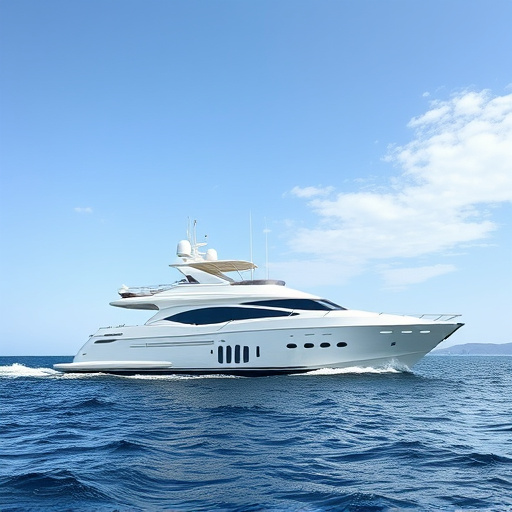
Several common factors significantly influence the rapid drain in marine batteries, leading to decreased performance and potential failure. One of the primary causes is over-discharging, which can occur due to prolonged use of high-power accessories or lighting systems without adequate charging. Marine environments also present unique challenges; salt water corrosion can accelerate battery aging and reduce their overall capacity. Additionally, extreme temperature fluctuations, common in coastal areas, can impact battery performance, causing faster drainage during hot days and reduced efficiency in cold conditions.
Another factor is the age of the marine battery. As batteries age, they naturally lose capacity, leading to quicker drains. Lack of proper maintenance, such as regular cleaning and inspection, can also contribute to drainage issues. Furthermore, inefficient charging practices, like incomplete charging cycles or using substandard chargers, may result in sub-optimal battery performance and accelerated drain rates.
Overcharging: A Major Culprit
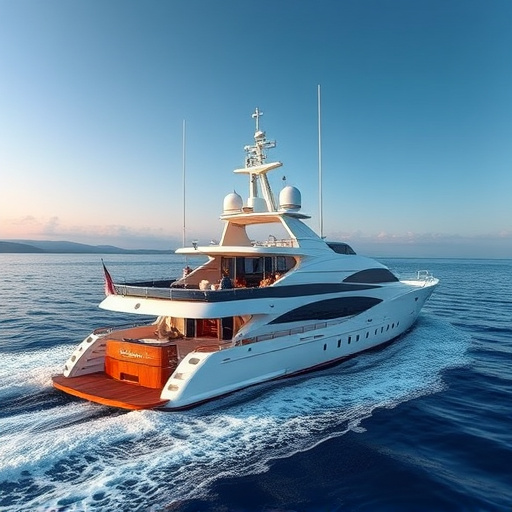
Overcharging is a significant contributor to the rapid drain of marine batteries, posing a common issue among boat owners and marine professionals. It occurs when a battery is subjected to excessive voltage, often above its specified limit, leading to premature degradation and reduced performance. This situation can arise from various factors, such as incorrect charging practices, faulty charging systems, or using incompatible chargers.
When a marine battery is overcharged, it generates heat and internal pressure due to the accelerated chemical reactions within the cells. Over time, this can result in damage to the battery’s components, leading to reduced capacity and faster discharge rates. To prevent overcharging, boat operators should adhere to recommended charging protocols, use suitable chargers designed for their specific marine batteries, and regularly inspect their electrical systems for any signs of malfunction or misalignment.
High Ambient Temperatures
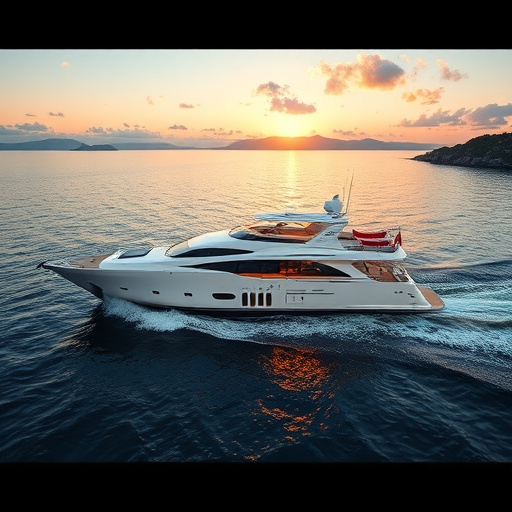
High ambient temperatures play a significant role in accelerating the drain of marine batteries. In the harsh coastal environment, where heat exposure is frequent and intense, batteries face an increased risk of premature degradation. The extra heat can cause chemical reactions within the battery to occur at a faster rate, leading to reduced cycle life and performance issues. This is particularly problematic for mariners who rely on their batteries for navigation and other critical functions during long voyages or periods of extended use.
Moreover, elevated temperatures can affect the internal resistance of marine batteries, causing them to discharge more quickly even when not in use. This rapid drain can result in a need for frequent charging, shortening the overall lifespan of the battery and potentially leading to costly replacements. Understanding and managing ambient temperature is, therefore, an essential aspect of maintaining optimal battery performance in marine applications.
Frequent Short-Circuit Events

Frequent short-circuit events can significantly contribute to a rapid drain in marine batteries. These occurrences, often caused by loose connections or external interference, lead to excessive current draw. When a battery experiences multiple short circuits, it strains the internal components, resulting in accelerated degradation and reduced capacity. Marine environments, with their unique challenges like salt corrosion and varying temperature conditions, make batteries more susceptible to these events.
Additionally, the continuous exposure to harsh elements can weaken the battery’s protective barriers, further increasing the likelihood of short circuits. To mitigate this issue, regular maintenance is crucial, including inspecting connections for any signs of damage or corrosion and ensuring proper tightening. Using reliable battery management systems that monitor voltage levels and detect short circuits early on can also help prevent rapid drain in marine batteries.
Inefficient Charge Cycles
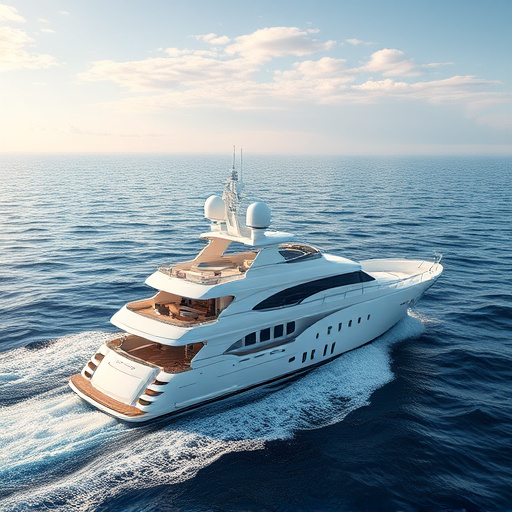
Inefficient charge cycles are a significant contributor to rapid drain in marine batteries. Each time a marine battery is charged and discharged, it undergoes a cycle that can impact its overall health and lifespan. If these cycles aren’t managed properly, they can lead to accelerated degradation of the battery’s internal components. This is particularly problematic for marine environments where extreme temperature variations and frequent discharge events are common, exacerbating the issue.
Additionally, excessive charging above the optimal level can cause overcharging, leading to damage of the battery’s electrodes and separator. This not only reduces the battery’s capacity but also increases resistance within the cell, further contributing to rapid drain. Inefficient charge cycles, therefore, create a vicious cycle that progressively diminishes the performance and longevity of marine batteries.
Corrosion and Battery Age
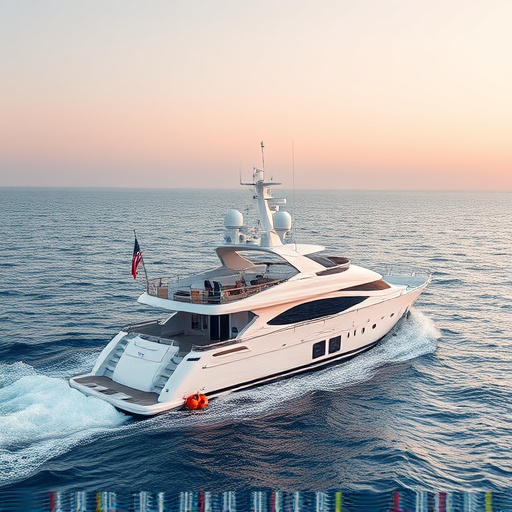
Corrosion is a significant contributor to the rapid drain in marine batteries, especially as they age. Over time, a buildup of corrosion on the battery’s terminals and connections can insulate them, reducing the electrical contact between the positive and negative terminals. This impedes the flow of current, leading to a decrease in power output and eventual battery failure. The process accelerates when the marine battery is left dormant for extended periods or exposed to harsh environmental conditions, such as excessive moisture and salt air, common in coastal areas.
As batteries age, their internal components degrade, including the electrolyte, which can lose its effectiveness. This degradation can cause increased resistance within the cell, resulting in heat generation and further corrosion. The combination of these factors ultimately leads to a faster discharge rate, reducing the overall lifespan of the marine battery and necessitating more frequent replacement.
Prevention Strategies for Prolonged Lifespan
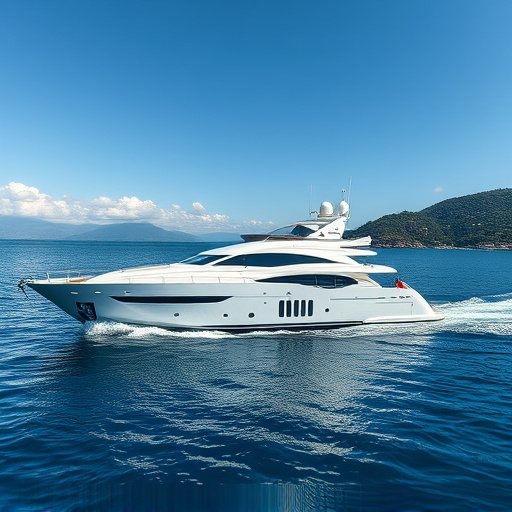
To prolong the lifespan of a marine battery, several preventive strategies can be employed. Regular cleaning and maintenance are key; this includes removing any corrosion from terminals and connections, as even a small buildup can increase resistance, causing a faster drain. Keeping the battery in a cool, dry environment is also crucial, as excessive heat can damage its internal components, leading to reduced performance and shorter life.
Additionally, it’s essential to avoid overcharging and deep discharge cycles. Overcharging can lead to an accelerated aging process, while deep discharging below 20% of capacity regularly can cause permanent damage. Using a marine battery charger designed for these specific needs and practicing careful usage habits, such as avoiding prolonged operation under high loads, will contribute significantly to maintaining optimal battery health.
Rapid drain in marine batteries can be attributed to a multitude of factors, including overcharging, high ambient temperatures, frequent short-circuit events, inefficient charge cycles, and corrosion from aging. By understanding these causes, boaters can implement effective prevention strategies to prolong the lifespan of their marine batteries, ensuring reliable power for navigation and safety at sea. Regular maintenance and careful monitoring are key to keeping these vital energy sources in top condition.
